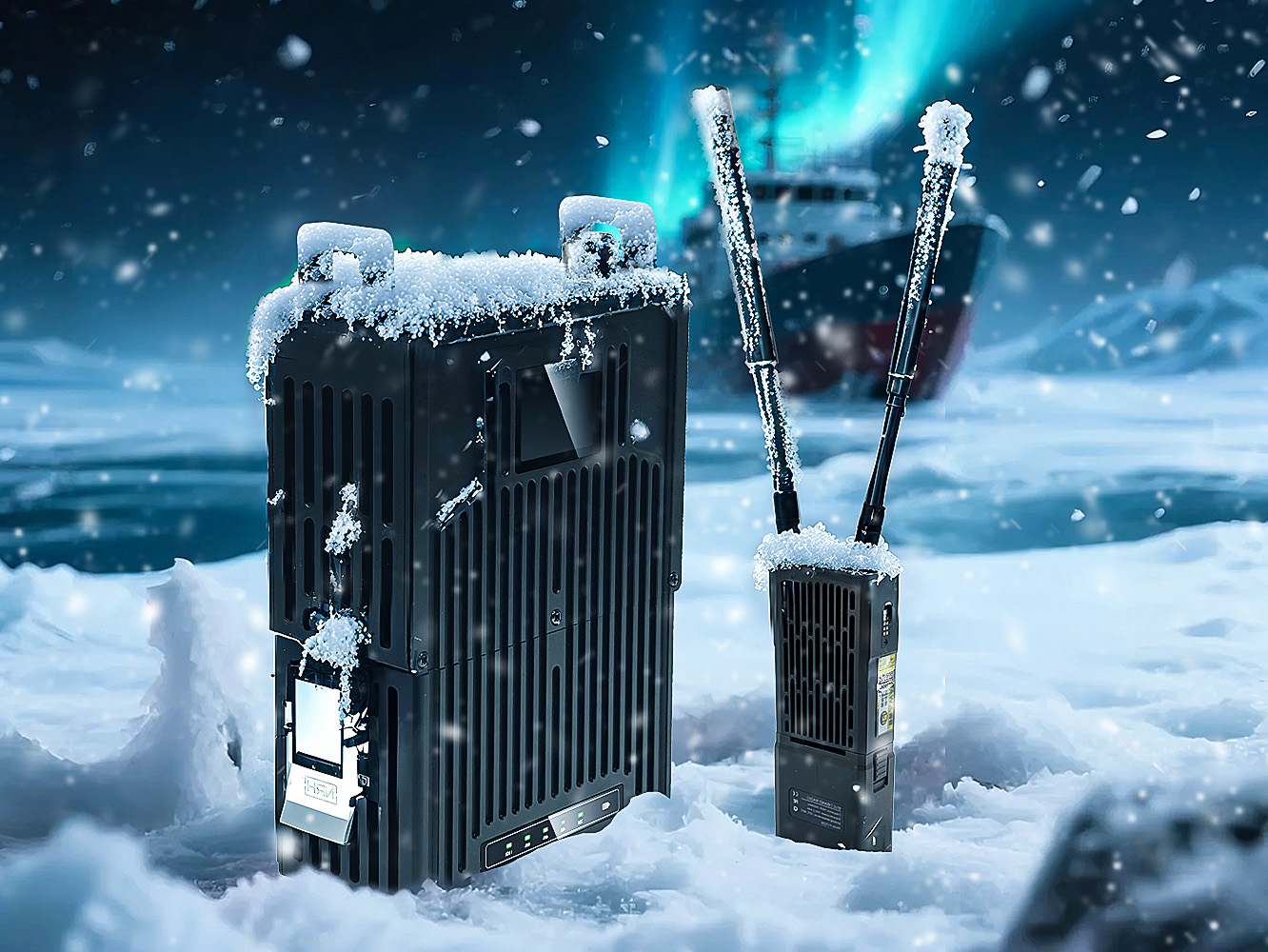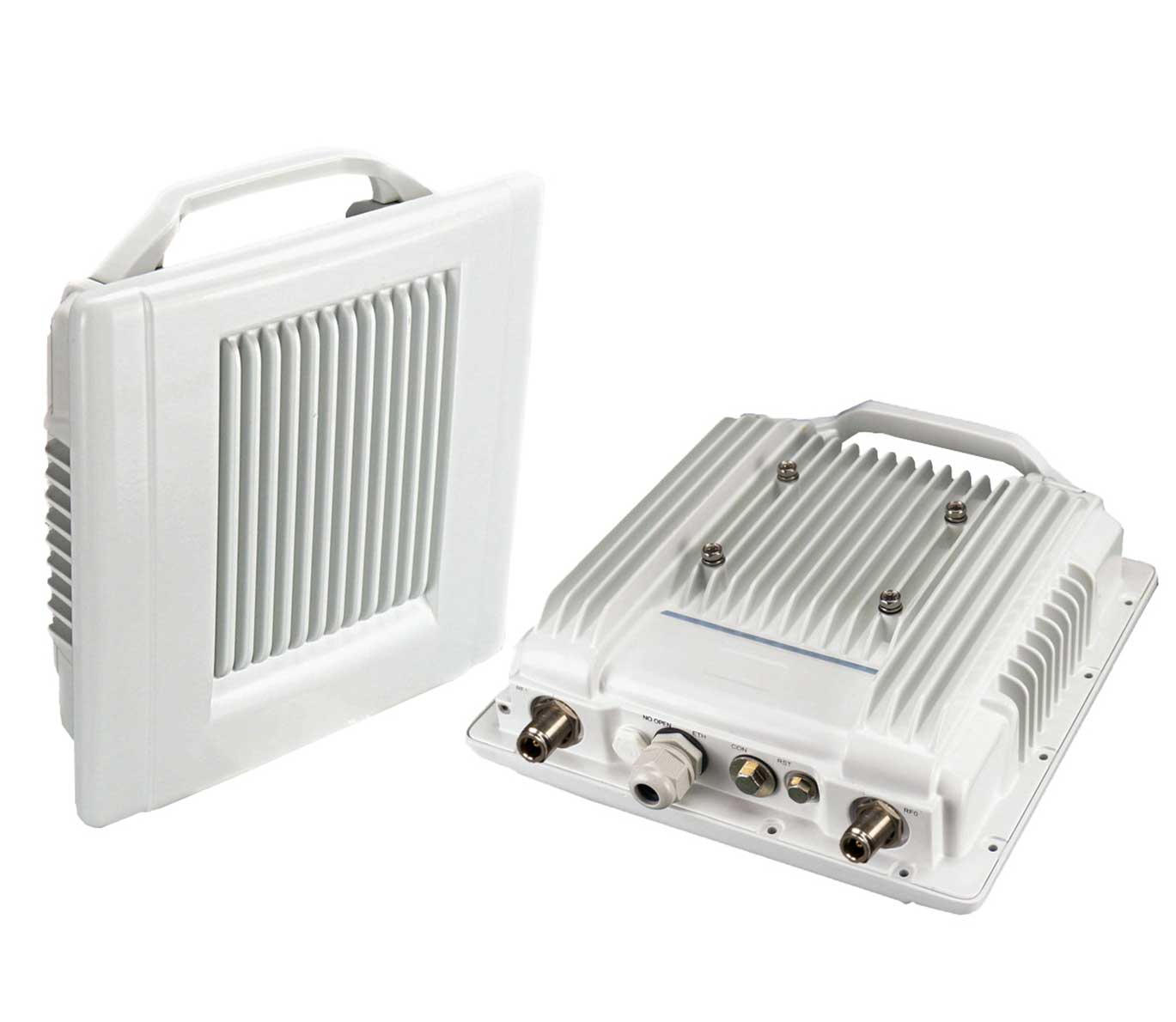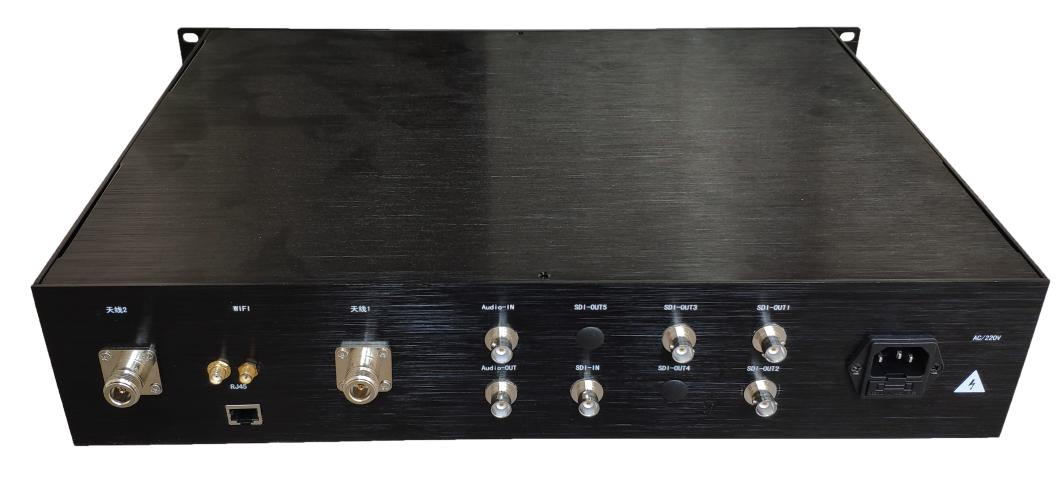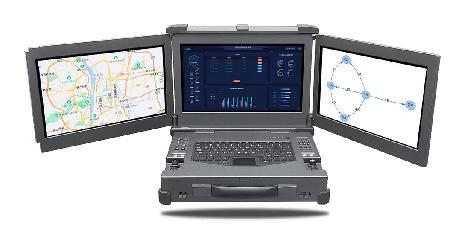What Is an Outdoor Wireless Bridge?
In modern networking, connectivity is no longer limited to wired solutions. Businesses, campuses, industrial sites, and even rural communities often need reliable, high-speed network connections across buildings or areas where laying physical cables is impractical or cost-prohibitive. One solution that addresses this challenge is the outdoor wireless bridge. This technology enables data transmission between two distant points using wireless radio signals, creating a network connection without the need for cables.
An outdoor wireless bridge is essentially a point-to-point (PtP) or point-to-multipoint (PtMP) wireless link designed specifically for outdoor environments. It allows organizations to extend their network over distances ranging from hundreds of meters to several kilometers, providing seamless connectivity between buildings, campuses, or remote sites.

Key Features of Outdoor Wireless Bridges
Outdoor wireless bridges are designed to handle the challenges of external environments, including weather variations, physical obstacles, and long-distance signal propagation. Some of the primary features include:
High Transmission Speeds: Modern wireless bridges support high-bandwidth data transfer, enabling activities such as video surveillance, VoIP communication, and large file sharing.
Weather-Resistant Design: Enclosures are often waterproof, dustproof, and resistant to extreme temperatures to ensure reliable performance year-round.
Long-Range Connectivity: Depending on the model, outdoor wireless bridges can transmit signals over distances ranging from a few hundred meters to several kilometers.
Directional Antennas: Parabolic or sector antennas are used to focus the signal toward the receiving station, reducing interference and improving link stability.
Security Features: Advanced encryption protocols, such as WPA3, are implemented to protect data from unauthorized access.
How Outdoor Wireless Bridges Work
The core principle of an outdoor wireless bridge is to transmit network traffic over radio frequencies instead of physical cables. The system generally consists of two main units: the transmitting unit and the receiving unit. In a point-to-point configuration, each unit is installed on separate buildings, poles, or towers, aligned precisely to ensure a clear line-of-sight path.
Once powered and configured, the bridge converts wired Ethernet signals from the local network into high-frequency radio waves, which are then transmitted across the air to the receiving unit. The receiving unit reconverts the radio signal back into Ethernet, effectively creating a direct link between the two networks.
Point-to-multipoint bridges work similarly but connect multiple remote locations to a single central network hub. These setups often use a combination of omnidirectional and directional antennas to cover broader areas while maintaining high performance.
Advantages of Using Outdoor Wireless Bridges
Outdoor wireless bridges offer numerous benefits compared to traditional wired solutions:
Cost Efficiency: Installing fiber-optic cables or Ethernet cables over long distances can be expensive and labor-intensive. Wireless bridges eliminate the need for extensive cabling, saving both time and money.
Rapid Deployment: Since there is no need for trenching or running physical cables, outdoor wireless bridges can be deployed quickly, providing immediate connectivity.
Flexibility: Bridges can easily be relocated or expanded to accommodate changes in network layout or new site requirements.
Reliable Performance: Modern outdoor wireless bridges are designed to maintain stable connections even under challenging environmental conditions, including rain, wind, and extreme temperatures.
Scalability: Organizations can expand their network by adding additional bridges without major infrastructure changes.
Common Applications of Outdoor Wireless Bridges
Outdoor wireless bridges are widely used across industries and sectors due to their versatility and reliability. Some typical applications include:
Enterprise Networks: Connecting multiple office buildings or campus locations without the need for extensive cabling.
Surveillance Systems: Linking IP cameras in outdoor security systems to a central monitoring center.
Industrial Sites: Providing connectivity between factory buildings, warehouses, or remote production areas.
Internet Service Providers (ISPs): Extending broadband service to remote or underserved areas.
Event Networks: Setting up temporary network infrastructure for outdoor events, exhibitions, or emergency response operations.
Considerations When Deploying Outdoor Wireless Bridges
To ensure optimal performance, several factors should be considered when deploying an outdoor wireless bridge:
Line-of-Sight: Clear line-of-sight between antennas is critical. Trees, buildings, and other obstacles can degrade signal quality.
Frequency Selection: Choosing the appropriate frequency band (e.g., 2.4 GHz or 5 GHz) affects range, interference, and speed.
Antenna Alignment: Precise alignment of directional antennas maximizes signal strength and reliability.
Environmental Conditions: Ensure the bridge hardware can withstand local weather conditions, including rain, snow, and high winds.
Network Security: Implement strong encryption and access control to protect sensitive data transmitted across the bridge.
The Future of Outdoor Wireless Bridges
As wireless technology advances, outdoor wireless bridges continue to evolve. Newer bridges support higher data rates, improved interference management, and advanced beamforming technologies. They are increasingly used in conjunction with 5G networks, IoT deployments, and smart city infrastructure to provide flexible, high-capacity connectivity in challenging outdoor environments.
TuQian Outdoor Wireless Bridge
TuQian Wireless offers a range of high-performance outdoor wireless bridges designed for reliable, long-distance network connectivity. Their solutions include point-to-point and point-to-multipoint bridges suitable for enterprise campuses, industrial sites, and remote locations. TuQian bridges feature high-speed data transmission, durable weatherproof design, and advanced security protocols, ensuring stable and secure communication even under harsh environmental conditions. With TuQian outdoor wireless bridges, organizations can extend their networks efficiently and cost-effectively, supporting modern business operations, surveillance, and remote connectivity needs.
-
2025-10-28
-

What Is a Mesh Network Radio and How Does It Work?
2025-10-14 -

How to Set Up a Wireless Self-Networking Station in Remote Areas
2025-09-16 -
MESH Self-Organizing Network Communication Systems: Principles and Future Prospects
2025-08-18 -

Understanding the 4 Major Types of Microwave Transmission
2025-07-30










